If you’ve ever bought a used motorcycle you’ll have wanted to know:
Understanding tire dates is an important part of my motorcycle inspection checklist.
So here’s my 5-second guide to reading tire date codes to see how old your motorcycle’s tires are.
PS Is it spelled tyre or tire? Same word, different sides of the Pacific or Atlantic oceans. But we can all agree that tyres definitely tire. I’m spelling it “tire” because that’s what most people Google.
Well, I am. That’s why I created this site — as an outlet. I love learning and sharing what others might find useful. If you like what you read here, and you’re a fraction as obsessed as I am, you might like to know when I’ve published more. (Check the latest for an idea of what you’ll see.
)
Please enable JavaScript in your browser to submit the form
The tire date code, also known as the DOT code is four digits giving you first the week number and then the year(in two digits) of manufacture.
You don’t have to do any math. Just remember there are 52 weeks in the year. Make it 50 for simpler mental arithmetic. So (roughly):
That’s all you need.
And in practise on the last motorcycle I bought (my Ducati Hyperstrada 821):
An example of a motorcycle tire date codeI got lucky in decoding this tire date code because the week number is “1”, which means the beginning of the year. Or unlucky, because basically, that’s a 2016 tire I bought in 2020!
Tires age and get old.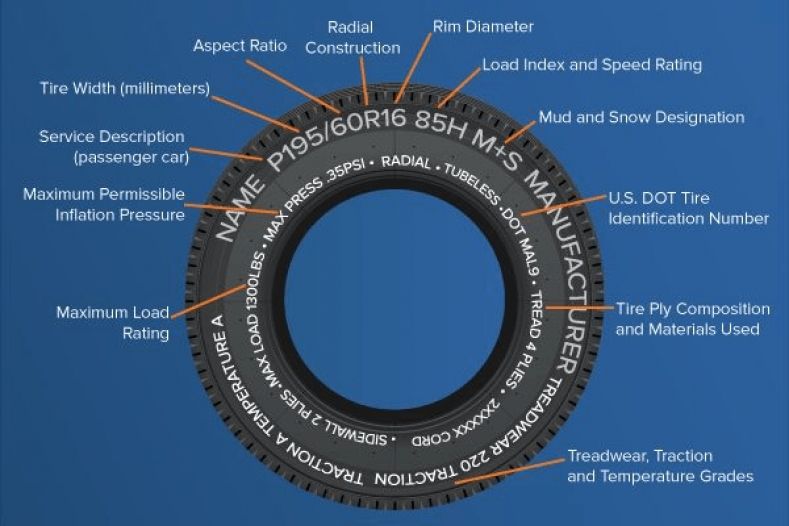 Exactly how long they can last unused depends on how they are stored. But regardless, you can use tire age as a negotiating point when buying a motorcycle.
Exactly how long they can last unused depends on how they are stored. But regardless, you can use tire age as a negotiating point when buying a motorcycle.
Often when buying a used motorcycle, you may see text that says something like this:
For example, this otherwise great looking VFR800 I came across on Craigslist:
Motorcycle ad for a bike from 2002 with “original tires”Negotiating down because of old tires is a GREAT and honest way to knock hundreds off a motorcycle. Many motorcycle owners have no idea that there’s something other than tread depth to consider.
(Of course, if the tread has worn — that makes your job easier.)
The trap you can fall into easily is thinking that just because there’s lots of tread on a tire and it looks fine, that it is fine. Not so. There are lots of ways in which a tire can fail, and rather than go into them, let’s just say that your tire is more likely to fail if it is old and hasn’t been maintained well.
Not so. There are lots of ways in which a tire can fail, and rather than go into them, let’s just say that your tire is more likely to fail if it is old and hasn’t been maintained well.
And since a pair of tyres typically costs US$200-500 (depending on what you get), this is a pricey bit of maintenance.
One thing to note is that even if your motorcycle is deemed roadworthy by a mechanic, it might still have old tires. In most jurisdictions, a bike can be sold and ridden with old tires; tread depth is the only important regulatory concern.
Tire date codes are also known as DOT codes in the US (DOT stands for Department Of Transport).
They’re common to tires from 2000 and onward in this format.
Previous to 2000, tire date codes had another format. But if you’re buying a motorcycle with tires that old, then you’re going to know they’re old… it’ll be pretty obvious!
Luckily, the tire date code format is international — it’s used worldwide.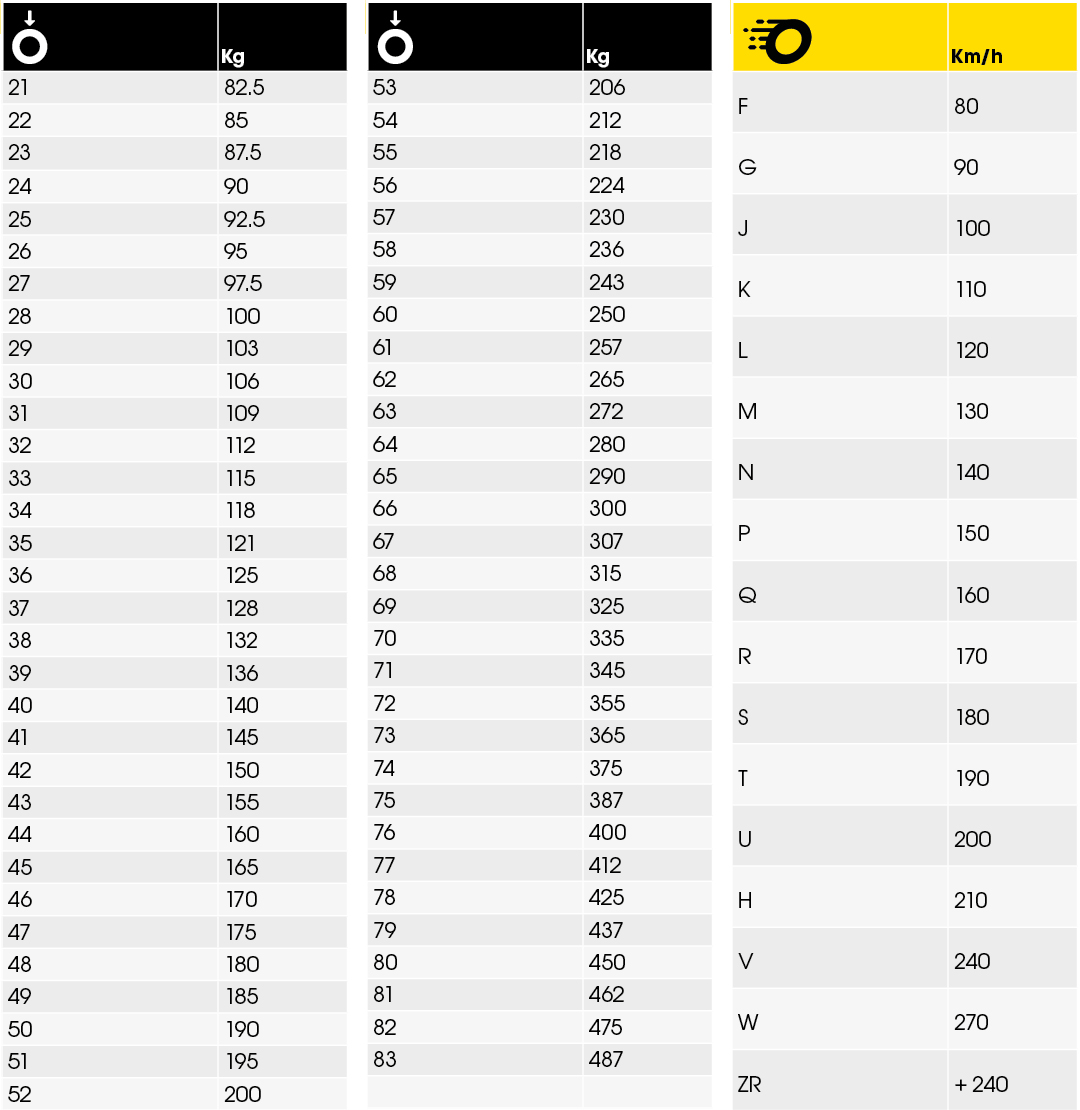
There is lots of other information in DOT codes but the age of the tire is probably the most important.
Other good information in the tire codes is the tire dimensions — important because a tire size different to stock might be installed, which can affect the handling either adversely or positively.
Yes, it’s “legal” to sell old tires — even up to five years old.
If tires are stored well (cool, dark place) then they can last for many years.
So if you buy tires that are even five years old, that’s OK! Just make sure you’re buying them from a reputable place and that they’ve been stored well. (Don’t buy them from eBay.)
So you go reading the tire DOT code and you think… OK, the tire is 3 years old. But how important is that?
As a rough guide, from lots of reading I’ve done on the internet and from speaking to “experts” (seems everyone’s a self-proclaimed expert in this field)
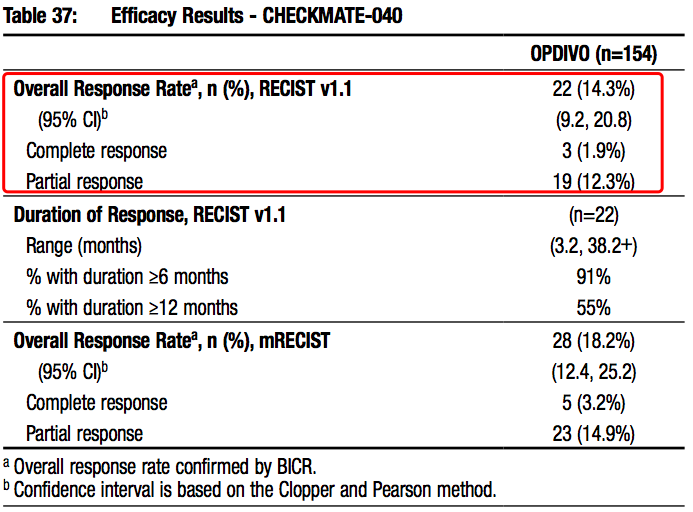 But then the motorcycle will be pretty obviously worn in other ways, like with faded paint and damaged leather/vinyl.
But then the motorcycle will be pretty obviously worn in other ways, like with faded paint and damaged leather/vinyl.There are people on the internet who dispute that tires can get too old, and insist that most riders don’t push tires nearly to their limits. I think there’s validity to this — but it’s still good to know your tire age via the tire date code so you know what you’re dealing with.
Well there you have it — how to tell motorcycle tire age via the tire date code. Hopefully that was a simple guide.
Hopefully that was a simple guide.
No matter what vehicle you like to drive, you need to keep every component in good shape. There are various snowmobile accessories, including snowmobiling gloves on sale, to keep your eye on. When you own a motorcycle, you have something very important to maintain. You want to ensure your motorcycle tires remain in excellent condition. Part of this maintenance involves understanding your motorcycle tire date codes.
When To Replace TiresAs a general rule of thumb, you want to replace your motorcycle tires once every six years. Even if your tires seem in good condition after six years, it is still a good idea to replace them before more serious issues develop. You may not realize it yet, but the rubber on the tires can develop dry rot and additional structural problems. You will not be able to see this, so it is better to be safe than sorry.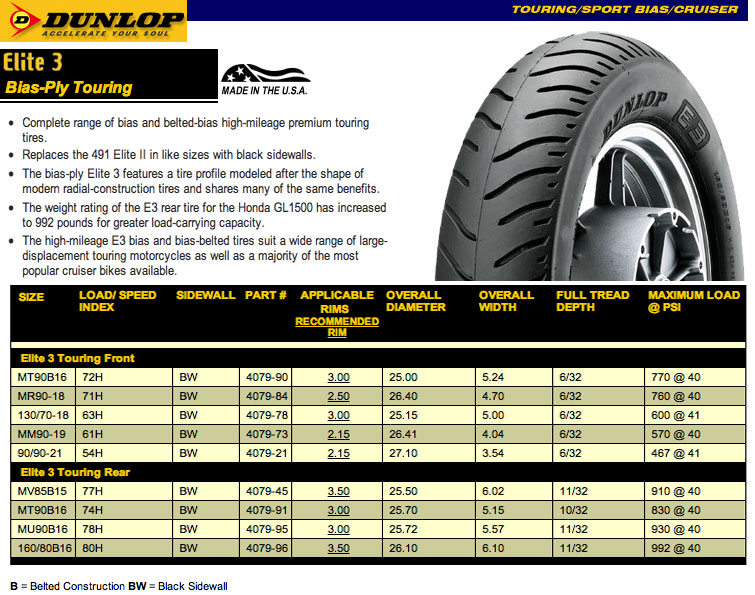
The six-year expiration date is not when you first put the motorcycle tires on. It is when the tires were first manufactured. This can be difficult to decipher if you do not know where to look. Fortunately, you can find the motorcycle tire date codes on each of the tires’ sidewalls. You should look across the outer sidewall until you see the acronym “DOT.” These letters will be followed by a collection of numbers. You should find four digits. The first two digits indicate the week the tire was made while the last two digits indicate the year.
How To Determine the AgeTherefore, when you see a tire date code of 2015, then that means the tires were produced in the 20th week of 2015. If you do not have a calculator handy, then you can use a simple equation. You can simply divide the week number by 4.3 to come to the exact month. In this instance, the tires were made in April of 2015. You can then count backward from today’s date to know how old your tires truly are.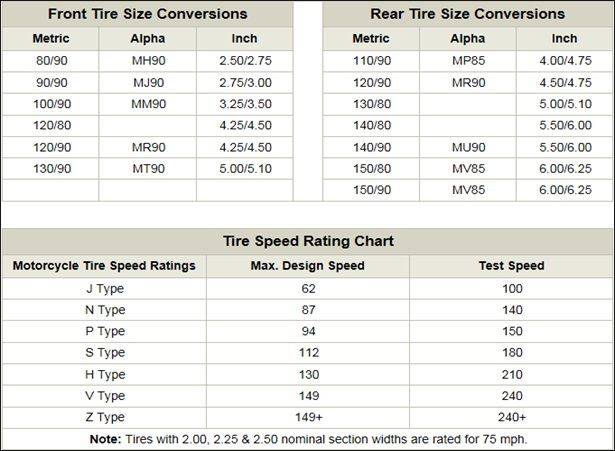
When you go to most reputable tire dealers, they will sell relatively new tires. You will not have to worry as much about getting ripped off. However, when you buy motorcycle tires used or from a shop, you always want to look at the date code on the sidewall. Some unscrupulous parties will try to make some quick cash by selling tires that are almost done. You want to avoid getting tires you will have to throw away soon, so always perform your due diligence to stay protected.
You do not want to risk riding around on bad motorcycle tires. You could end up getting a flat and spinning out of control. It is vital to be aware of the expiration dates on all of your tires, so you know when to purchase new ones. Fortunately, you can buy great new tires from reputable online shops. In addition to new tires, you can also keep an eye out for other accessories, such as snowmobile goggles and helmets. You can enjoy your ride without worry.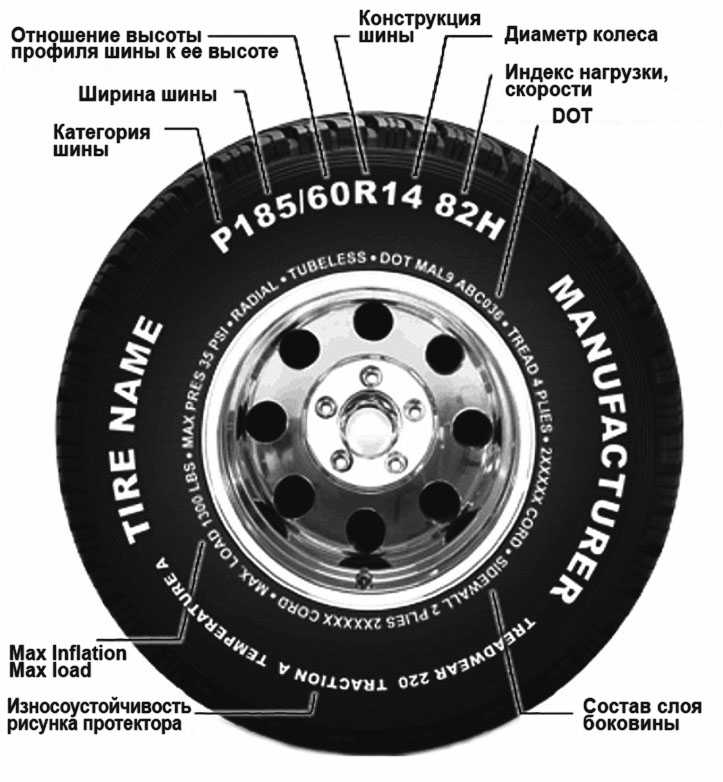
Podolsk,
15 km Simferopol highway To contacts
#service #info
9 years ago
Only two small contact patches of motor rubber connect to the road motorcycle. Their total area is less than the area of the sole of the boot. Acceleration to 60 in 3 seconds, cornering at 250 mph, braking from 300 mph to 0 - all this happens in a tiny area of these two spots.
Tires are essential for motorcycle performance and rider safety.
When you change the type or model of tires, the behavior of the motorcycle on the road changes. Therefore, it is important to choose the right motor rubber.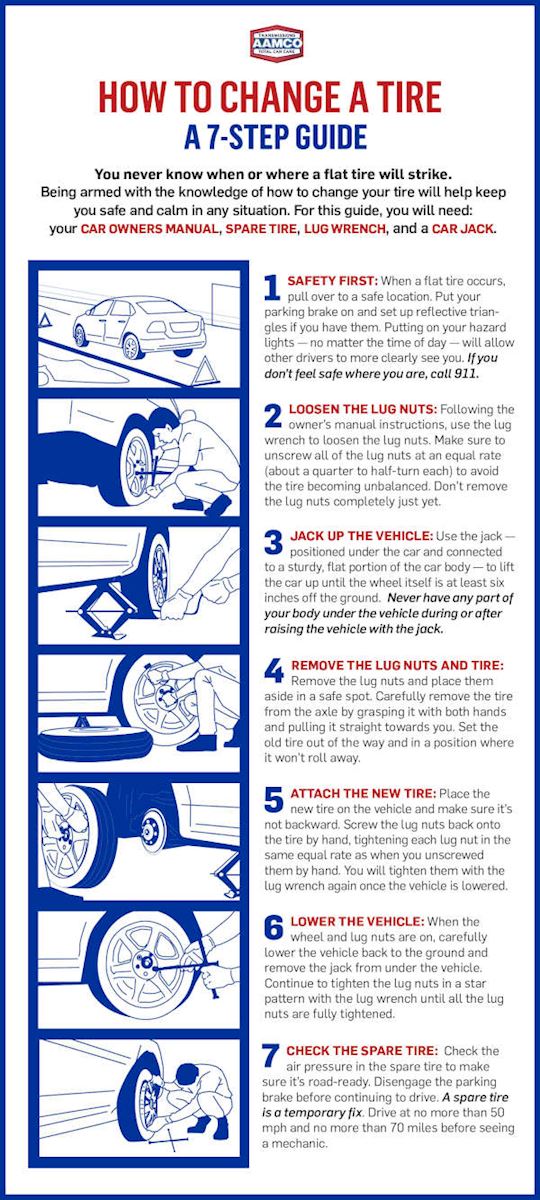 The required tire parameters for a particular motorcycle are indicated in the manual. Tire make and model are often listed. In this case, the characteristics of the specified model are taken as the necessary characteristics.
The required tire parameters for a particular motorcycle are indicated in the manual. Tire make and model are often listed. In this case, the characteristics of the specified model are taken as the necessary characteristics.
Sport - sports tires. They have the best traction and the shortest service life. Wear out in less than 3 thousand kilometers. The rubber compound is optimized for high temperature performance. The shape of the rubber is designed to maintain a sufficient footprint in deep corners at high speed. If the temperature is too low, the performance of the tire drops dramatically. The use of such rubber in the city is unsafe due to the impossibility of maintaining the operating temperature. In race conditions, the temperature of the tires is maintained with the help of heating pads and warm-up circles; it is very difficult to warm up the tires in the city, because. you have to stop, and it is difficult to constantly maintain a high speed.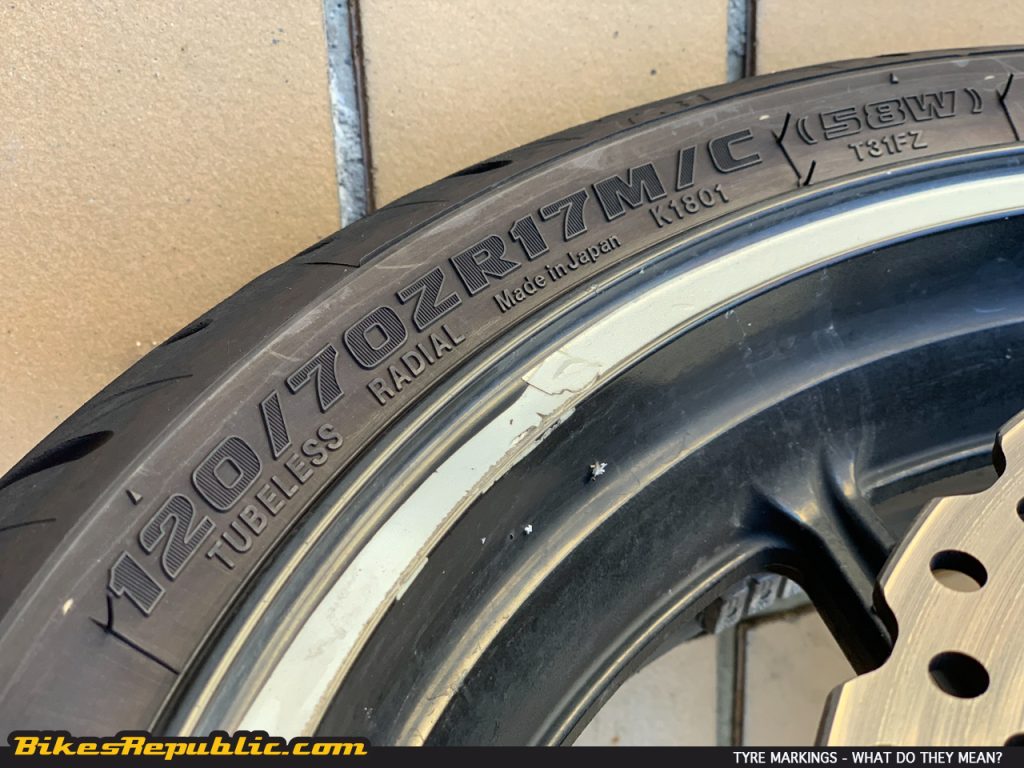
Sport Street - tires for aggressive street driving. Allows you to take turns at high speeds with a strong tilt of the motorcycle. They do not require preheating, but tire performance deteriorates when overheated.
Sport Touring - have the best balance between road grip and service life.
Touring - have the longest life and good grip at low rubber temperatures. Suitable for use in cold climates. Not designed for deep cornering at high speed.
Off road - have an angular and deep tread. Designed for stable movement on the ground, mud, sand, gravel. On asphalt pavement, stability is reduced.
All the necessary information is on the side of the rubber: type of rubber, its type, size, cord design, speed characteristics, maximum load, maximum pressure, country of production and certification, manufacturer and model, date of manufacture , labels to install.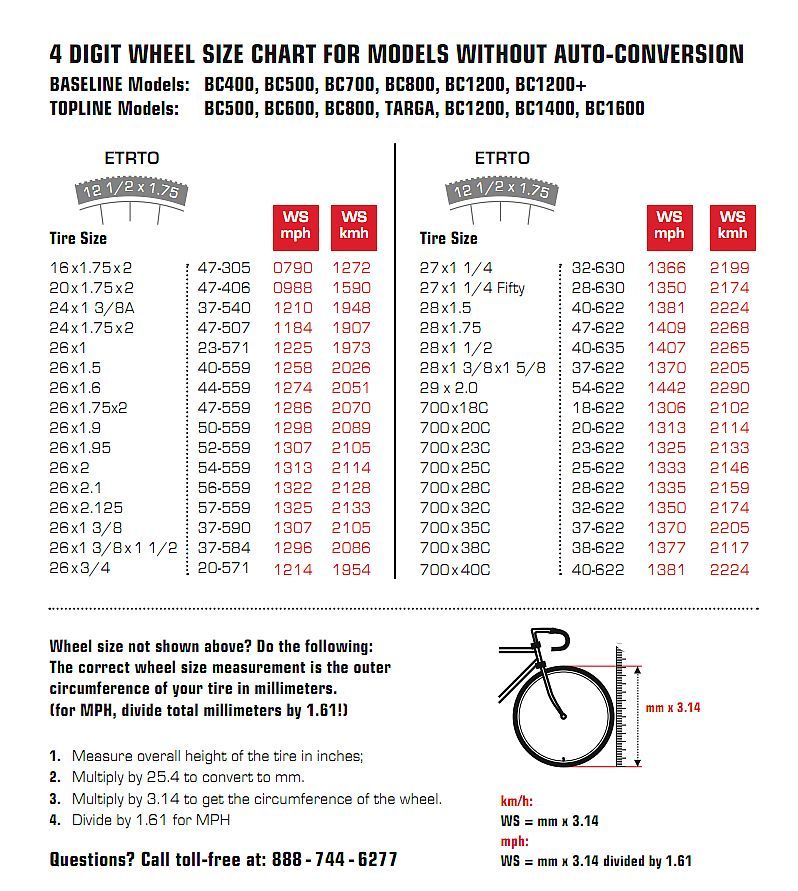 For example:
For example:
180/55 ZR-17 (73W) TL
180 - width in millimeters
55 - height in percent of width
9001 Z-speed rating It is deciphered according to the table.R - cord type. R - radial. D - diagonal. The radial cord is lighter and is used on sportbikes. Diagonal plywood is better for shock loads and is more suitable for heavy cruisers.
17 - disc diameter in inches.
73 - load index. The load in kilograms for which the tire is designed.
W - speed index. The speed the tire is designed for. Tires with a low speed and load index are cheaper, but if the design parameters are exceeded, the tire may burst.
TL is an abbreviation for the type of rubber. TL (TubeLess) - tubeless. TT (Tube Type) - chamber.
Maximum pressure rubber is indicated on the bead in kilopascals and pounds per square inch.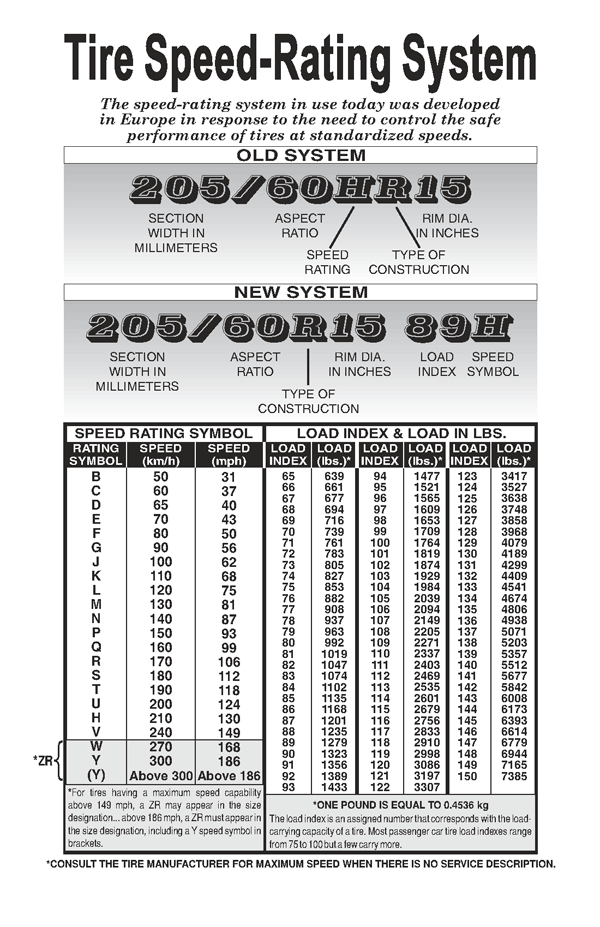 For example, 290 KPA (42PSI) COLD means the corresponding maximum cold pressure. Under-inflated rubber has a significantly reduced service life and performance. Therefore, in addition to daily visual control, it is necessary to check the pressure with a pressure gauge, especially before long trips and at least once a week. On one of the sides there is a yellow dot or a red . Manufacturers recommend combining the yellow dot with a valve. The yellow dot indicates the lightest part of the tire in terms of static balance. Strictly speaking, it must be combined with the heaviest point of the disk. But on a flat disk, this point will always be a valve. We saw a red dot only on metzeler rubber, the manufacturer also recommends combining it with a valve.
For example, 290 KPA (42PSI) COLD means the corresponding maximum cold pressure. Under-inflated rubber has a significantly reduced service life and performance. Therefore, in addition to daily visual control, it is necessary to check the pressure with a pressure gauge, especially before long trips and at least once a week. On one of the sides there is a yellow dot or a red . Manufacturers recommend combining the yellow dot with a valve. The yellow dot indicates the lightest part of the tire in terms of static balance. Strictly speaking, it must be combined with the heaviest point of the disk. But on a flat disk, this point will always be a valve. We saw a red dot only on metzeler rubber, the manufacturer also recommends combining it with a valve.
Rotation arrow or simply an arrow indicates the direction of rotation.
Front (front), F, Rear (rear) - indication of the front or rear wheel. Also relevant for some models of scooters.
The date of manufacture of the tire is indicated by the numbers in the oval. The first two digits indicate the week number. The next one or two digits indicate the year number. For example, 3507 is the thirty-fifth week of 2007. The older the tire, the higher the risk that it could deteriorate as a result of improper storage. In various countries it is forbidden to sell tires older than 3 or 5 years. But its use is not prohibited. Therefore, when buying tires older than 5 years, you need to carefully evaluate its condition.
SIDEWALL NYLON1 TREAD NYLON 2+ARAMID 2 - designation of the type and number of cord layers (nylon, nylon or metal).
DOT, E with number, ECE certification information.
Tire must be changed when the wear of the rubber has reached at least one indicator (small protrusions in the grooves of the tread). Old rubber without mechanical wear may lose its performance due to long-term exposure to sunlight, low temperatures or its sudden changes.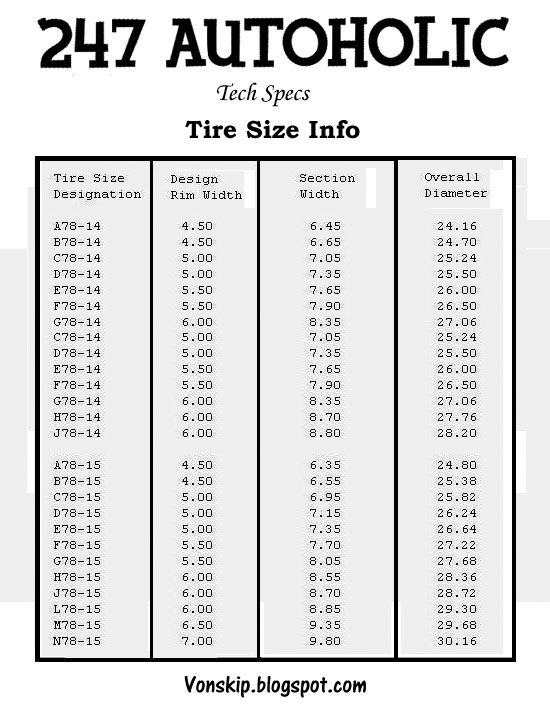 The rubber may become "hard", microcracks or visible cracks may appear on it. In this case, the tires need to be replaced.
The rubber may become "hard", microcracks or visible cracks may appear on it. In this case, the tires need to be replaced.
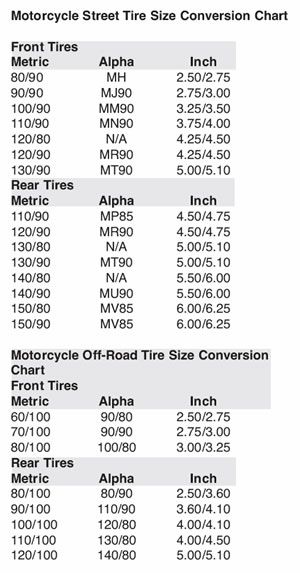 0
0 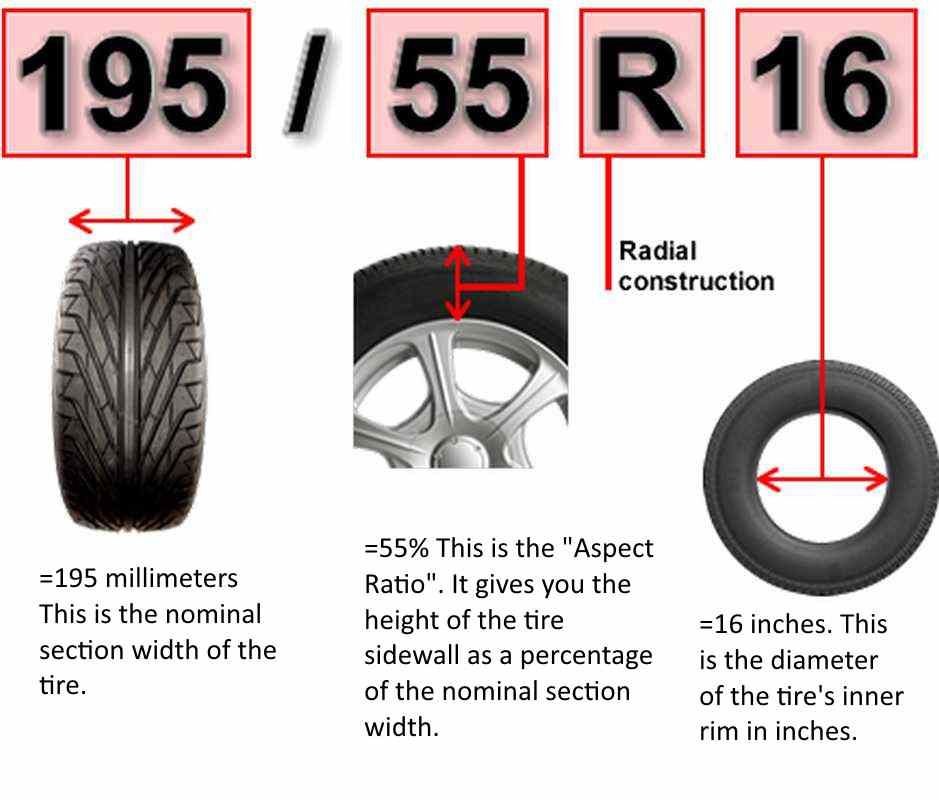 0
0 Today we will figure out what is what in the markings of motor rubber.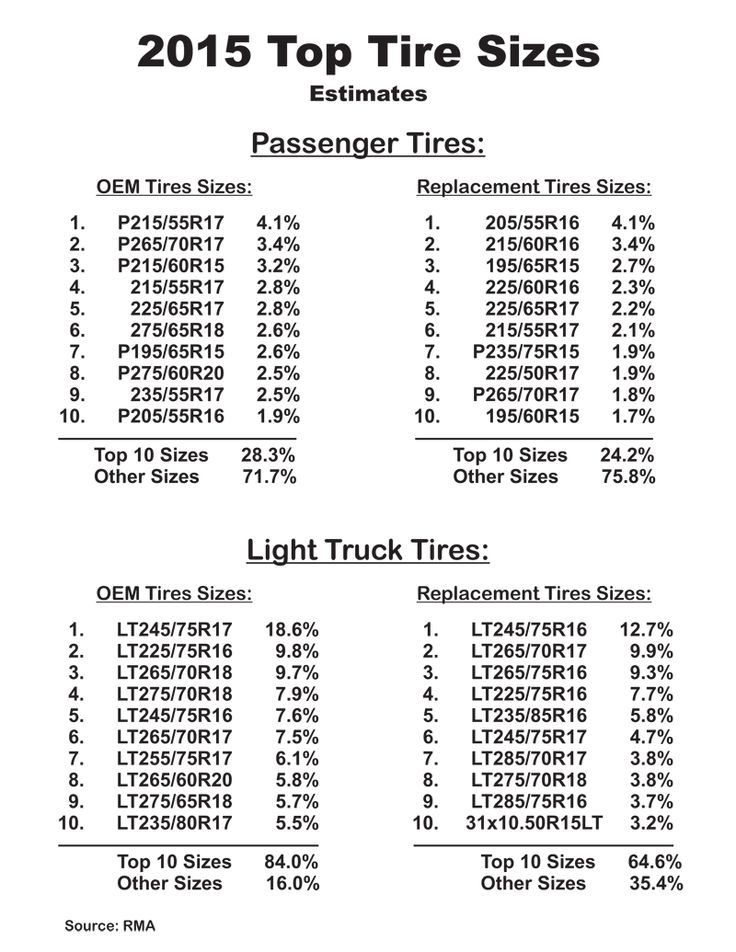
Let's start with the fact that there are 4 types of such markings in the world:
The metric marking system is found in our country much more often than others. In its classic form, it is approximately the following code: 120/70 - Z17 M / C. All its elements are in strict order. Let's consider each of them in more detail.
The first number (in our case 120) indicates the width of the tire in a straight line from edge to edge. In the metric marking system, it is measured in millimeters.
The second digit (in the example it is 70) indicates the height of the tire profile including the tread. It is expressed as a percentage of the tire width in mm.
Using a tire with a rim width or height not specified by the motorcycle manufacturer may result in loss of cornering dynamics, increased fuel consumption and reduced tire life.
Next are the Latin letters. The first letter (Z) means that this is a high-speed tire and can be used at speeds over 240 km/h.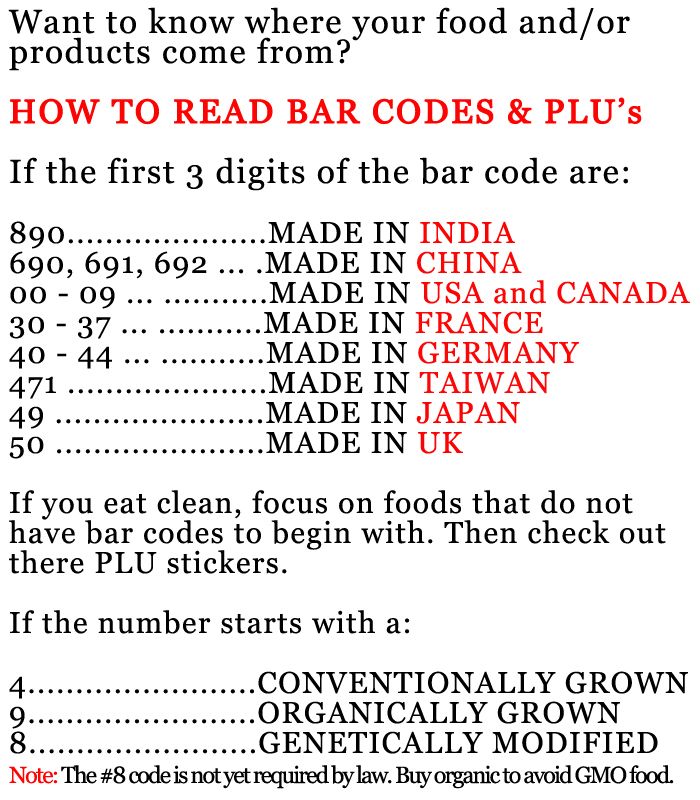
The letter W is a speed index, that is, an indicator, the excess of which negatively affects the condition of the tire and reduces its life. Latin speed index designations are international and are used in all types of motor rubber markings.
Below we present a summary table of speed indices.
Speed indices
| Designation | km/h | mph |
| B | 50 | 31 |
| C | 60 | 37 |
| D | 65 | 40 |
| E | 70 | 44 |
| F | 80 | 50 |
| G | 90 | 56 |
| J | 100 | 62 |
| K | 110 | 68 |
| L | 120 | 74 |
| M | 130 | 81 |
| N | 140 | 87 |
| P | 150 | 93 |
| Q | 160 | 100 |
| R | 170 | 106 |
| S | 180 | 112 |
| T | 190 | 118 |
| U | 200 | 124 |
| H | 210 | 130 |
| V/VB | to 240 | to 149 |
| (V)/(VB) | over 240 | over 149 |
| W | to 270 | to 168 |
| (W) | over 270 | over 168 |
| ZR | over 240 | over 149 |
The last number (17 in our case) is the rim diameter.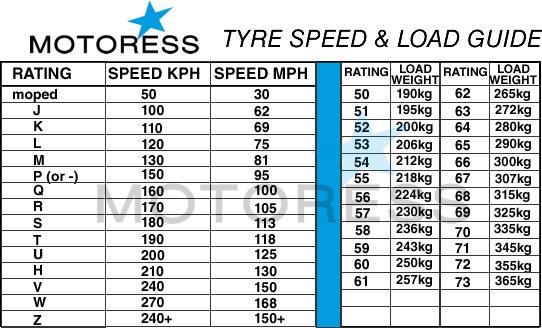 Even in the metric marking system, this parameter is measured in inches. Fitting a tire designed for a 16" rim on a 17" rim won't work (and if you can, it won't end well).
Even in the metric marking system, this parameter is measured in inches. Fitting a tire designed for a 16" rim on a 17" rim won't work (and if you can, it won't end well).
The letter combination M/C indicates that the rubber is intended specifically for motorcycles.
In addition to the main code (120/70 - Z17 M / C), other information can be encrypted in different parts of the bus.
First of all, it is necessary to say about the load index (see picture). It shows the maximum weight that the tire can support when fully inflated. The load index table is presented at the bottom of the page.
A special arrow (sometimes labeled Wheel Rotation) indicates the direction of rotation.
The code TUBE or TT means that the tire must be used only with a tube, and TUBELESS or TL says that it is tubeless.
On some tires you can see the abbreviation DOT. It is applied to the models, complies with the safety standards of the US Department of Transportation. The abbreviation EUCX means the same certificate issued by one of the EU countries.
The abbreviation EUCX means the same certificate issued by one of the EU countries.
The letter B in a circle is a sign of approval according to the results of tests within the framework of UNECE regulations, the number next to it is the country where the test was carried out.
The date of manufacture of the tire can be understood from the last four digits in the oval, for example 4207 - 42nd week of 2007.
Load indices
| Designation | kg | Designation | kg | Designation | kg | Designation | kg |
| 20 | 80 | 37 | 128 | 54 | 212 | 71 | 345 |
| 21 | 82.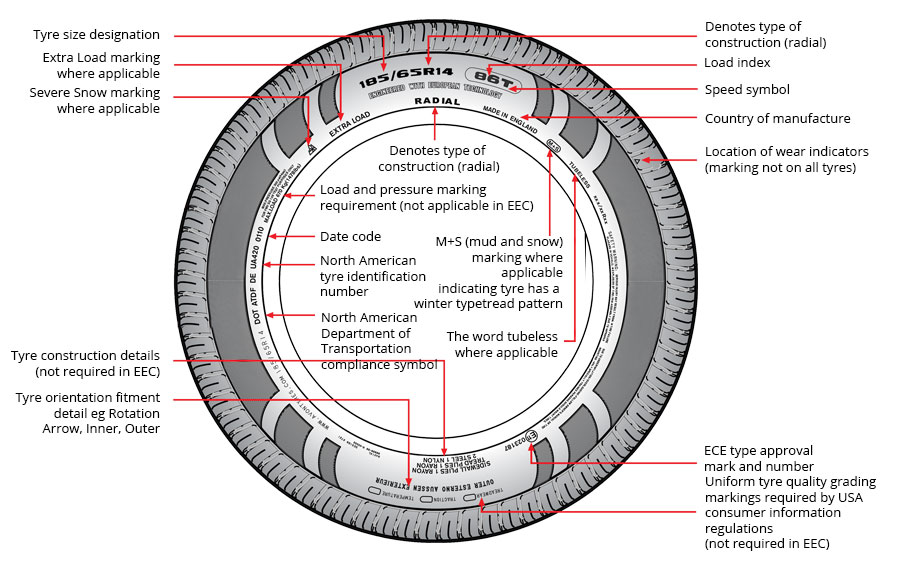 5 5 | 38 | 132 | 55 | 218 | 72 | 355 |
| 22 | 85 | 39 | 136 | 56 | 224 | 73 | 365 |
| 23 | 87.5 | 40 | 140 | 57 | 230 | 74 | 375 |
| 24 | 90 | 41 | 145 | 58 | 236 | 75 | 387 |
| 25 | 92. 5 5 | 42 | 150 | 59 | 243 | 76 | 400 |
| 26 | 95 | 43 | 155 | 60 | 250 | 77 | 412 |
| 27 | 97 | 44 | 160 | 61 | 257 | 78 | 425 |
| 28 | 100 | 45 | 165 | 62 | 265 | 79 | 437 |
| 29 | 103 | 46 | 170 | 63 | 272 | 80 | 450 |
| 30 | 106 | 47 | 175 | 64 | 280 | 81 | 462 |
| 31 | 109 | 48 | 180 | 65 | 290 | 82 | 475 |
| 32 | 112 | 49 | 185 | 66 | 300 | 83 | 487 |
| 33 | 115 | 50 | 190 | 67 | 307 | 84 | 500 |
| 34 | 118 | 51 | 195 | 68 | 315 | 85 | 515 |
| 35 | 121 | 52 | 200 | 69 | 325 | 86 | 530 |
| 36 | 125 | 53 | 206 | 70 | 335 | 87 | 545 |
You can see all of the listed metric marking codes for motor tires and professional comments on them in the video below.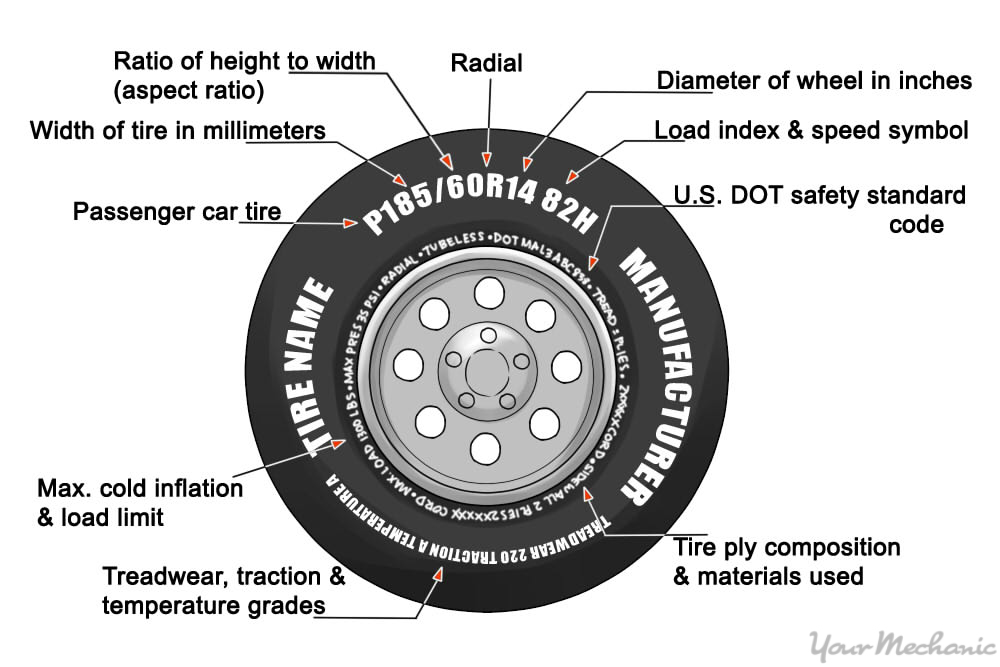
This type of marking of motor rubber is used infrequently and is used mainly for touring tires. Let's analyze a specific example: MT90S-16.
A system that was heavily used in the 1990s and has now been largely phased out. It differs from the metric one only in the unit of measurement of the tire width (instead of millimeters inches), as well as the absence of the tire profile height indicator in the marking (by default, this parameter is considered equal to the width).
As the name suggests, used for low profile tires. Example: 4.25/85H-18. The first number is the tire width in inches, the second is the profile height expressed as a percentage of the width, H is the speed index, 18 is the rim diameter.
Summary table of tire sizes in various marking systems
| Permitted rim widths | Metric | Alpha | Standard in inches | Low profile in inches |
1.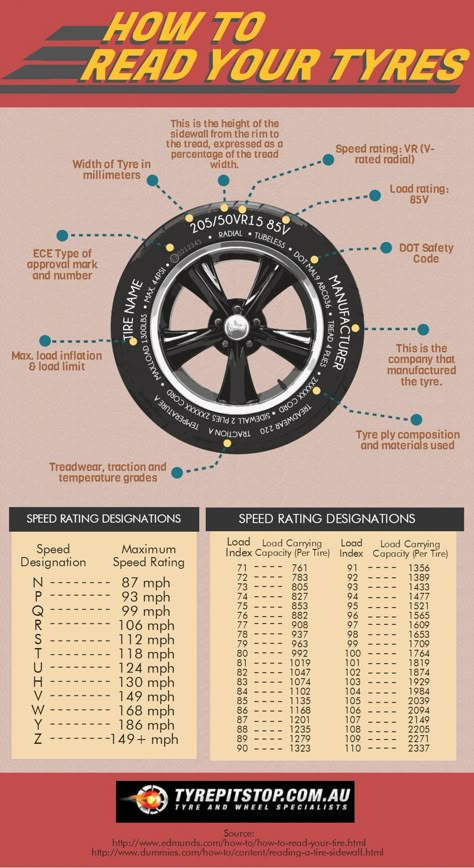 60, 1.85 60, 1.85 | 70 | MG | 2.75 | - |
| 1.60, 1.85 | 80 | MH | 3.00 | 3.60 |
| 1.85, 2.15 | 90 | MJ | 3.25 | 3.60 |
| 1.85, 2.15 | 90 | ML | 3.50 | 4.10 |
| 2.15, 2.50 | 100 | MM | 3.75 | 4.10 |
| 2.15, 2.50, 2.75 | 110 | MN | 4.00 | 4.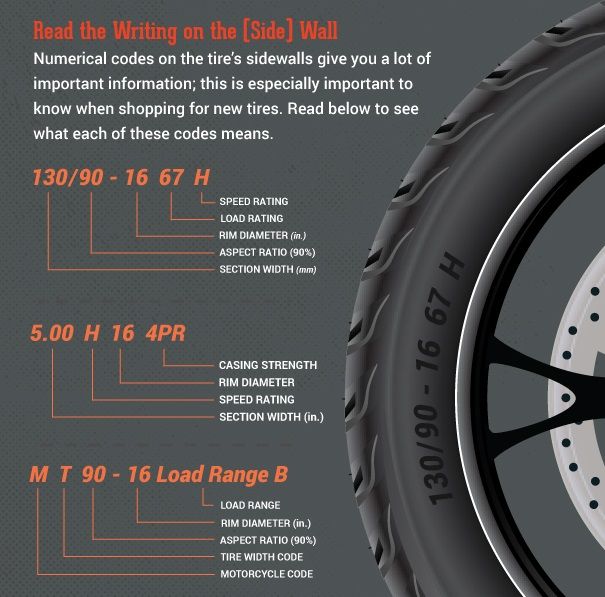 60 60 |
| 2.15, 2.50, 2.75 | 110 | MP | 4.25 | 4.25/85 |
| 2.15, 2.50, 2.75 | 120 | MR | 4.50 | 4.25/85 |
| 2.15, 2.50, 2.75 | 120 | MS | 4.75 | 5.10 |
| 2.50, 2.75, 3.00 | 130 | MT | 5.00 | 5.10 |
| 2.75, 3.00, 3.50 | 140 | MU | 5.50 | - |
| 3.50, 4.00 | 150 | MV | 6. |